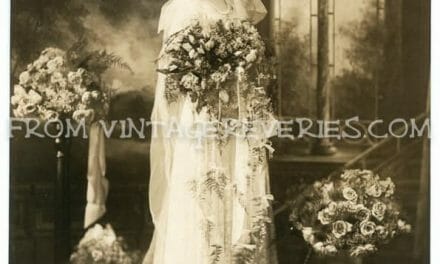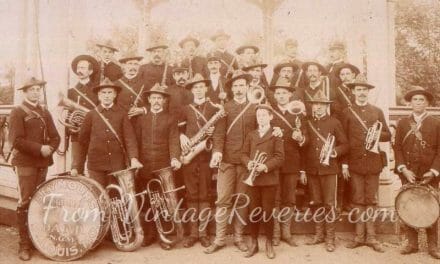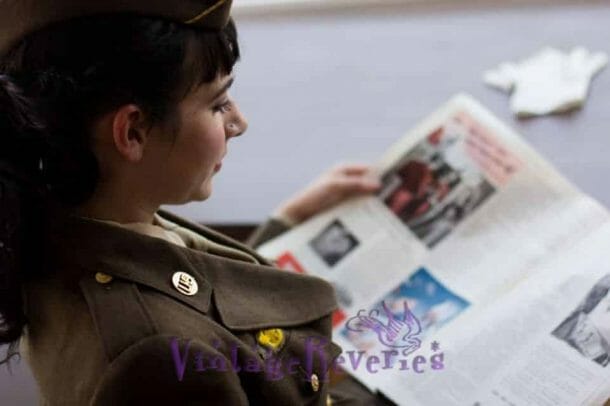
Turn of the century photos by St. Louis Photographers

It’s truly fascinating to journey through time by way of these photographic fragments, each preserving a moment in a world long gone. These turn-of-the-century photos, many on cabinet cards or other similar formats, offer an intimate look into the lives, fashion, and expressions of their subjects. While I’m not entirely sure how these photos were ordered or if they came from the same source, they each hold a story—if only the images themselves could speak.
Among this particular batch that I digitally preserved, there’s an endearing photo of a baby taken by “When Studios” in 1893, hinting at the popularity of child portraiture during the Victorian era. Photographing children in this time period often required ingenuity due to the slow exposure times of early cameras, resulting in small props or hidden supports being used to keep young subjects still.
Other photos in this collection bear the names of renowned St. Louis photography studios, including Parsons Studio, J. Haas, Genelli, Theo E. Setzer, G. Schneidt, and Boehl & Koenig. These studios competed to capture the likenesses of the growing middle and upper classes in St. Louis as photography became more accessible during the late 19th and early 20th centuries. St. Louis, a cultural and industrial hub of the Midwest, drew many photographers and entrepreneurs seeking to take advantage of the city’s bustling economy and growing population.
The photo of the little girl in a plaid dress, taken by J. Haas, stands out for its charming authenticity. This portrait was intriguingly found attached to a smaller image of a woman photographed by G. Schneidt. Could they be mother and daughter, or might the young girl have grown into adulthood, with the second photo depicting her years later? These unanswered questions tease at family connections left undocumented, as the photographs contain no accompanying notes or inscriptions. It’s a poignant reminder of how vital photography was in creating and preserving familial records before modern technology.
Another photo in the collection depicts a man with a handlebar mustache and a streak of grey in his hair, captured by Theo E. Setzer. There’s an air of authority and perhaps even mystery in his expression—it’s not hard to imagine such a striking figure as a prominent businessman or community leader at the dawn of the 20th century. Setzer’s studio, like many others, often catered to clients seeking to present themselves in their best light, reflecting not only personal pride but also an adherence to Victorian and Edwardian ideals of respectability.
The cabinet cards themselves deserve some context. Introduced in the 1860s and named for their size, which allowed them to be displayed on cabinets or mantels, these photographic prints on sturdy cardboard backing became wildly popular for both formal portraits and casual mementos. By the late 19th century, advances in technology—notably the invention of dry plate negatives—made photography more efficient and accessible. This democratization of photography mirrored broader social changes, allowing members of the middle class to join the wealthy elite in documenting their lives through professional portraiture.
Looking at these images, I can’t help but imagine the vibrancy of the people within them. St. Louis’s prominence during this period as a railroad and shipping hub meant that it attracted individuals from all walks of life. The Industrial Revolution was booming, and the city was on the cusp of the 1904 World’s Fair (Louisiana Purchase Exposition), making it a cultural nexus. It’s possible that some of these photos capture the faces of individuals who might have been involved in shaping or witnessing such historic milestones.
The psychological dimension of these photos often stirs the imagination, especially when picturing their lives beyond the portraits. What could they tell us about their hopes and fears, their daily routines, or the challenges they faced in a rapidly changing world? One can only speculate. For example, the image of the man with the handlebar mustache evokes curiosity—was he a meticulous, sharp-witted businessman, or perhaps a public servant? His faintly intense gaze and distinctive look almost suggest a deeper, untold story.
When studying these photographs, it’s remarkable to see how they serve as windows into personal stories and larger societal trends. Photography not only captured individuals but also offers us critical insight into the evolving artistry of photographers. St. Louis’s studios reflect the entrepreneurial spirit and innovation of the era: they saw the potential of photography to transform not merely personal documentation but also advertising and art.
Each of these preserved images sheds light on an exciting period in American history when photography was evolving into both an art form and a tool for social documentation. From the carefully posed subjects to the detailed backdrops offered by these skilled St. Louis photographers, the turn of the century lives on through these photographs, connecting us to those who came before.
If only the dead could talk—what tales they might tell about this pivotal time in history, their lives, and their connections to one another. For now, all we can do is marvel and imagine, treasuring these fragments of a world that shaped our own.



























You must be logged in to post a comment.